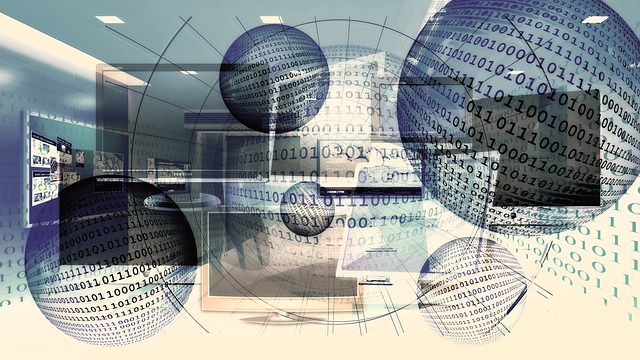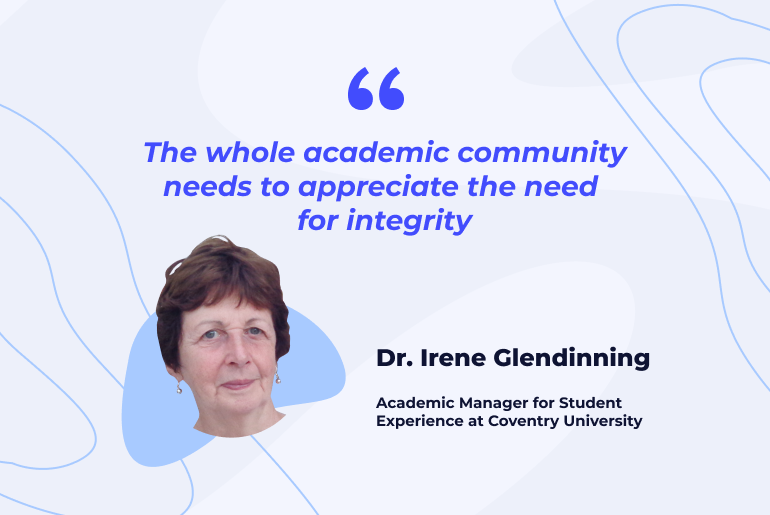The Internet is commonly blamed for encouraging cheating among students. They say the Internet suggests a number of opportunities to cheat, making it much simpler. If you sincerely believe that cheating is the 21st century disease, you will change your tune after reading the last sentence of the article. But before, let’s have a closer look at the most widespread online cheating methods:
- Students have access to numerous paper databases, where they find and download already-written papers and pass them off as their own.
- Students hire a writer who is ready to write a paper for them.
- Students copy passages from different online publications and, in this manner, compile their own work.
Sure, these ways to plagiarize are effective, but years ago things were even worse. Just for the record: Believe it or not, plagiarism flourished before the Internet appeared. Students just copied passages from manuals, and their educators had no chance to detect violations unless they recognized the source from memory.
Cheating has always been a pain in the neck. Rutgers University conducted a study on the subject in 1991. And what did it get as a result? Sixty-six percent of 16,000 students from 31 highly rated US universities said they cheated at least once. Twelve percent of them admitted having done it on a regular basis. The Internet became widely used only in the mid ’90s, but the cheating rate seems to be quite high even in the pre-Internet era, doesn’t it?
Remedy for plagiarism
Only nowadays, however, a remedy for plagiarism has been found. This remedy is a duplicate content checker. There are offline and online tools, those that can be integrated into learning management systems, and those that cannot. But all of them pursue the same goal: making teaching and learning easier. Practically every educator uses a plagiarism checker now in order to fight against cheating. Since checkers find similarities automatically, it drastically saves time and effort.
We’ve already shown that plagiarism has always existed. How can educators cope with this problem? First of all, teachers have to develop their own tactics for fighting plagiarism. For now, we can suggest a few that have always worked well.
What tactics should teachers develop to reduce student plagiarism?
Talk about plagiarism
Know your enemy. And let your students know it as well. Of course, students can be aware of what plagiarism is. But there are so many other details of this issue they have only a vague idea of. Hold a discussion in class or ask your students to prepare reports on the following topics:
- What are the types of plagiarism
- How to avoid plagiarism
- What punishment students should expect when plagiarizing
- How to properly cite original sources
- What are the styles of academic writing
- How to conduct research
- How to paraphrase (use our tips on how to paraphrase using synonyms and how to paraphrase a passage from a book or article)
- How a bibliography should look
- What checkers are the best for detecting plagiarism
- How can accidental plagiarism be easily spotted
- What are reliable research sources
Make the rules known
Before demanding anything from your students, you need to let them know about your expectations first. Try to be as clear as possible when explaining what students should do. Additionally, familiarize your students with an honor code so that they can have complete understanding of the measures you can take in case they violate the rules.
Give unique tasks
The best way to avoid plagiarism is to give your students tasks that require a creative and individual approach. If students have typical homework assignments, they have a strong chance to find and copy-paste materials from web resources. If a task is original, students will enjoy it and most likely do it on their own.
Use plagiarism checkers
It’s essential to check students’ works for plagiarism, even though they were ostensibly written relying just on their own knowledge and skills. There’s a chance that your students can accidentally plagiarize: They can use a quote without quotation marks or paraphrase inaccurately. Just to be on the safe side, it’s advisable to use a plagiarism checker. It shows what areas are unoriginal so that students can clearly see what needs to be corrected.





